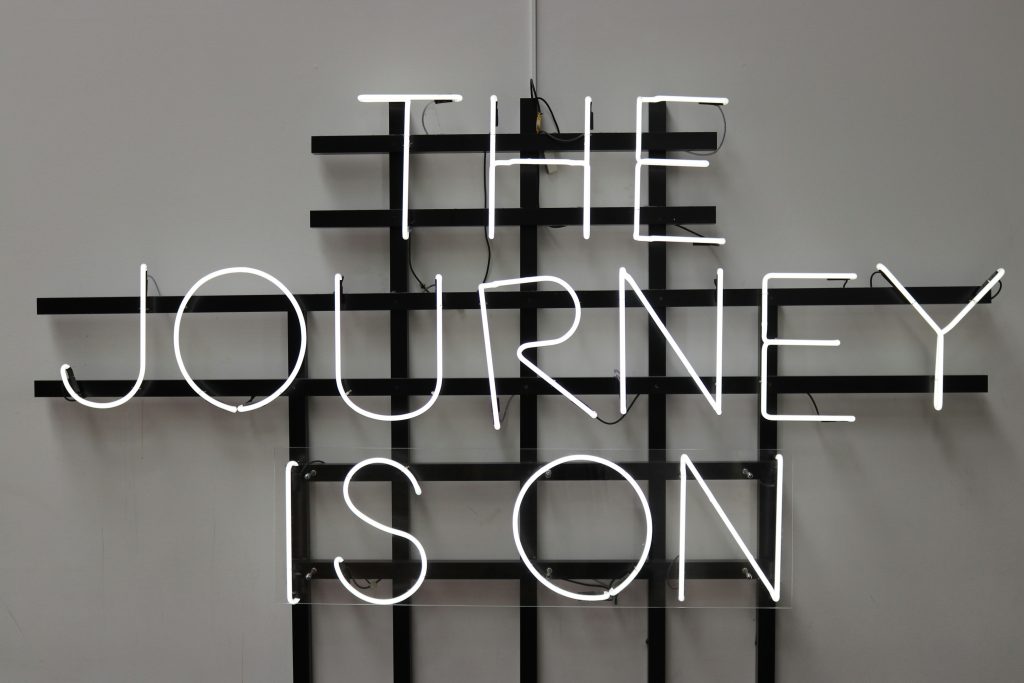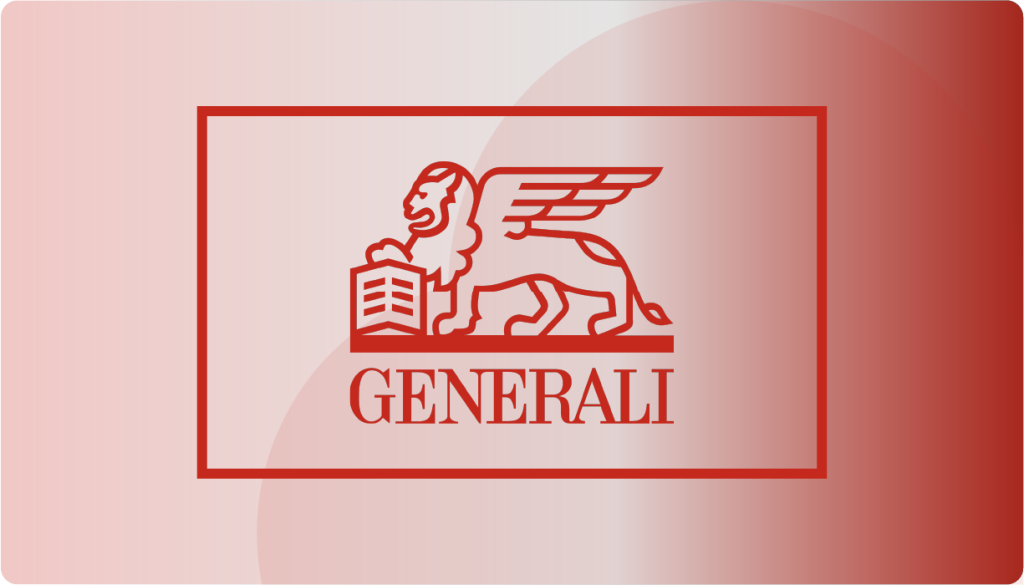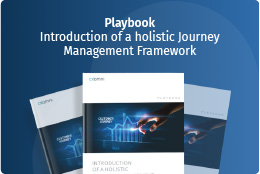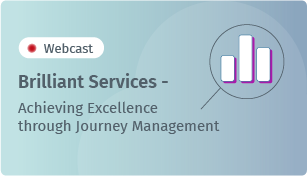Playbook on Journey Management Frameworks: Best practices for a step by step implementation
Journey Management Frameworks are on the rise: At cxomni, we are increasingly seeing that companies – regardless of whether they are from the insurance or the industrial sector – are looking for solutions to structure the complexity of their CX and Journey Management projects.
In addition, many CX teams not only want to map customer journeys, but aggregate and actively use insights (pain points, wow moments, research, voice-of-customer, etc.): Be it for reports on the performance of important touchpoints or for recommendations for action to sustainably improve customer experience. This requires structures and standards that a Journey Management Framework can provide. It defines the rules for collaboration and the common language in Journey Management projects thus creating the basis for a process with which journey insights are consistently used for CX improvements instead of getting lost in the backlog.
Together with Dr. Heike Langner und Ulf Schubert from DATEV, one of Europe’s biggest software companies, we have developed this Journey Management Frameworks playbook which explains the key fundamentals and provides best practices and checklists for the implementation.
What are the advantages of a Journey Management Framework?
Ideally, Journey Management projects have a holistic approach when companies want to capture the entire experience from the customer’s perspective and not just individual (sub)journeys. Because customer journeys usually do not end at the boundaries of a frontline department, customers quite often interact with several touchpoints that are assigned to different business units. Unfortunately, this often leads to negative experiences at the handover points between individual departments: For example, when customers are sold a product by sales staff, which no longer keeps the promises from the marketing campaign.
The reason for this is obvious: In accordance with its tasks, each frontline department pursues its own objectives and operates with individual terminologies and levels of detail. This is all right from the perspective of the specific micro-moment. However, when it comes to a holistic view of the experience, different terminologies and degrees of abstraction can lead to confusion in the company-wide exchange regarding smooth touchpoint experiences. This means, CX doesn’t start with a single team. In the medium term, different stakeholders should be brought to a common level if customer experiences are to be optimized holistically.
The most important components of a Journey Management Framework
A journey management framework creates the conditions for overcoming these silo hurdles. In order to ensure that all stakeholders pursue the same objectives, the framework should focus on these two questions:
What information should be evaluated?
How should information be filtered, attributed and distributed?
Additionally, an effective Journey Management Framework combines these three components, which complement each other in a modular way:
- Taxonomy
- Terminology
- Information flow concept
The taxonomy is the information hierarchy which organizes information in such a way that it can be distributed and used within the company. This means, stakeholders can always embed specific information in the correct overall context, such as the journey context.
The terminology defines the totality of all technical terms as a uniform communication standard. This guarantees that within the organization all pains, opportunities or emotional expectations of customers are communicated in a “common” language. The terminology ensures that all stakeholders can develop the same understanding regarding the priority of the recommendations for action.
The information flow concept defines the aggregation and distribution of data and insights within the company. By defining data sources, insight types, and audience, it guarantees that CX improvements are not only discussed, but implemented by the right stakeholders
What's important during Implementation
In general, the same applies to Journey Management as to any other project: The better the preparation, the smoother the implementation. A framework therefore also provides an elementary starting point for the clean set-up of a Journey Management software and ensures that all relevant project participants are involved. Since Journey Management projects are complex undertakings, software platforms such as cxomni can help to intelligently manage and present the project dimensions. The goal is to maintain transparency across all areas of the Journey Management project. This includes:
- Contact point inventory/communication channels.
- Time dimension and taxonomy
- Involved/target groups (persona, stakeholders, etc.)
- Scenarios (contexts of use, experiences, target/actual scenarios)
Actionable insights (pain points, opportunities, tasks)
From many holistic projects with global clients and leading management consultancies, we know that there are different dimensions to consider that facilitate the subsequent collaboration of all stakeholders. Therefore, we strongly recommend the creation of a company-specific playbook for your journey management frameworks in which all CX/UX standards are clearly defined and centrally accessible for all project participants.
Summary
Customer journey mapping is still a good starting point when individual business units want to understand customer behavior at their touchpoints. However, only an active Journey Management Framework ensures the sustainable use of journey insights by linking frontline departments and their individual initiatives. The uniform company-wide standard guarantees that all those involved in journey mapping “speak the same language” both technically and organizationally. This makes multi-layered customer processes and transactions more transparent so that CX/UX improvements can be implemented without silo hurdles.
Curious? You can find a detailed checklist with further dimensions in our playbook “Introduction of a holistic Journey Management Framework”, which you can download here for free.







